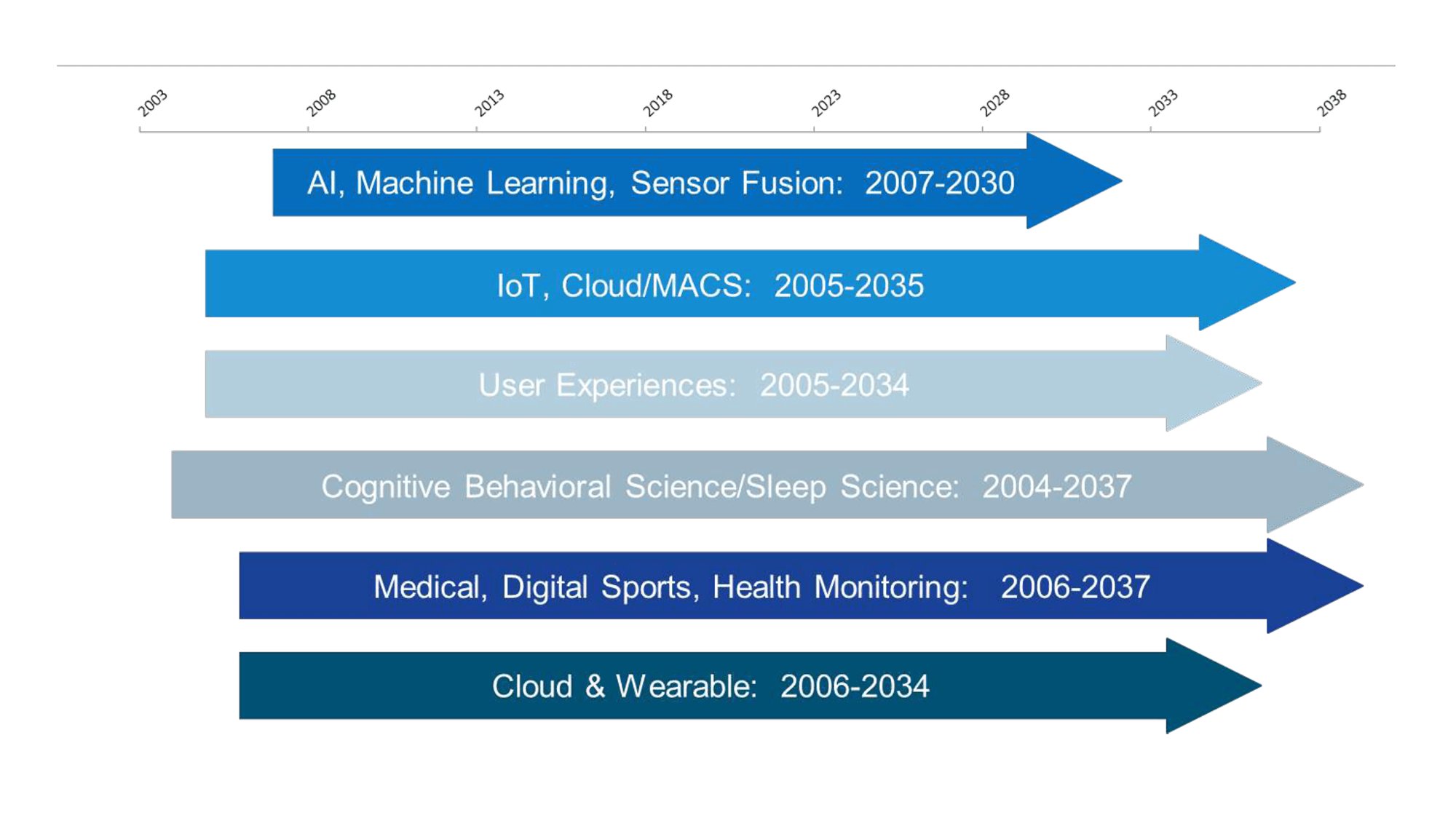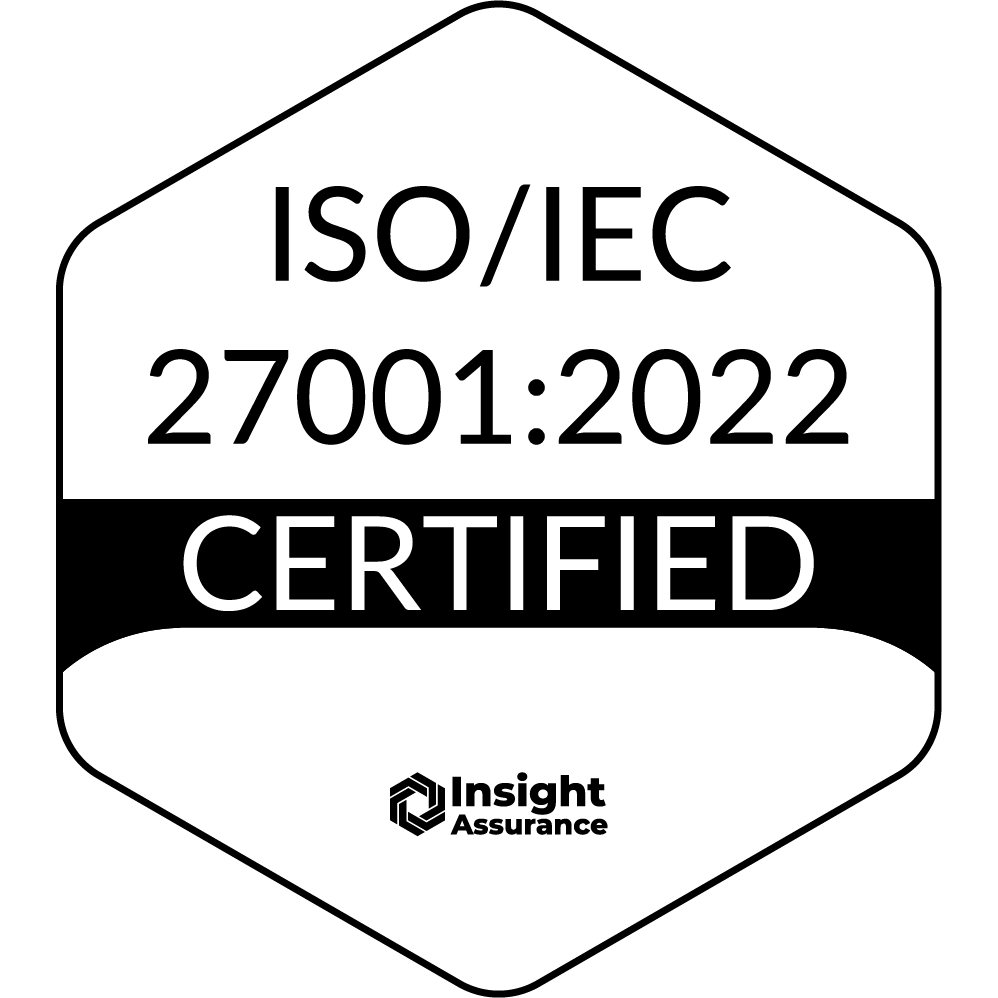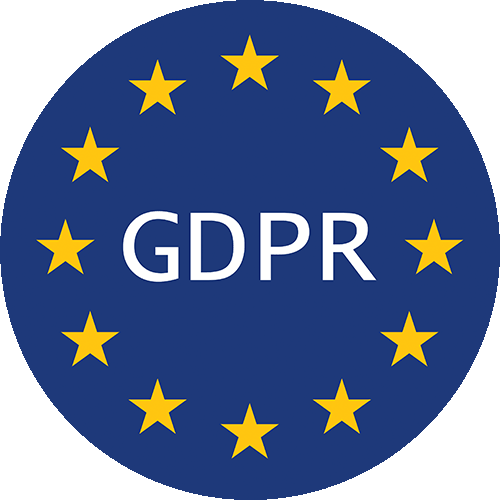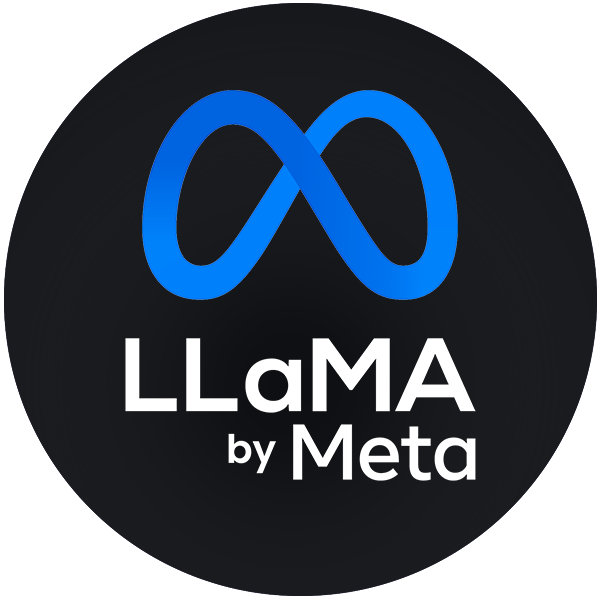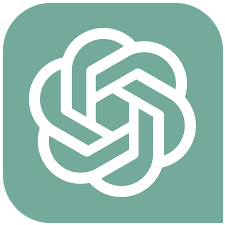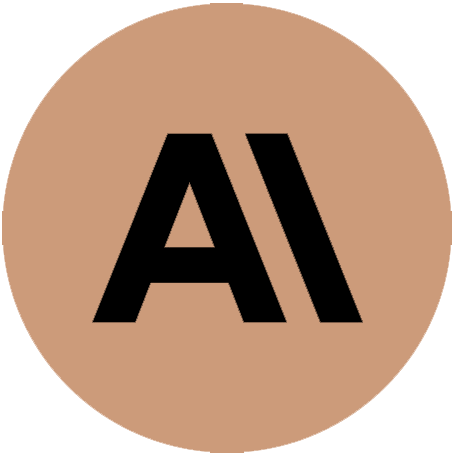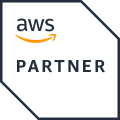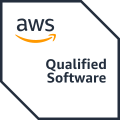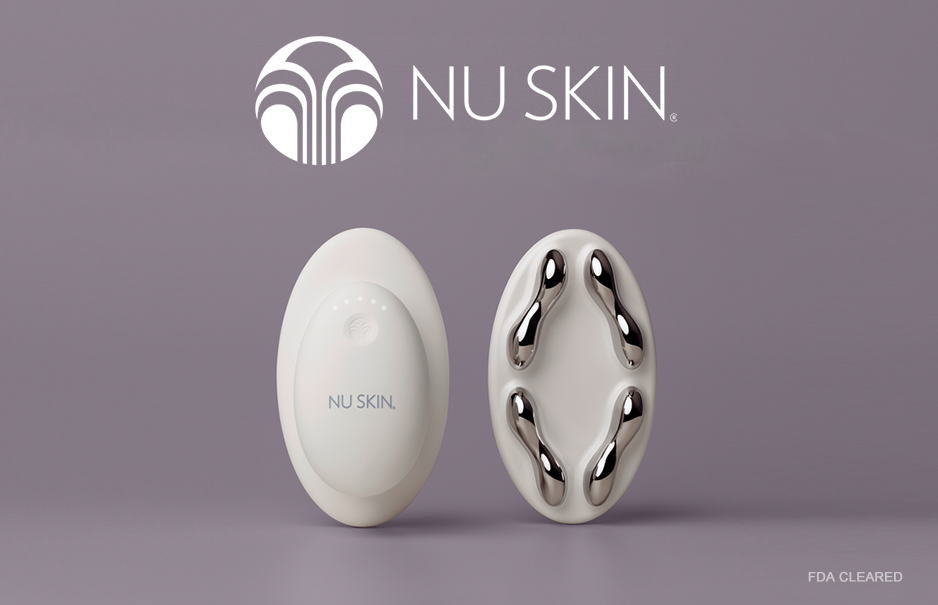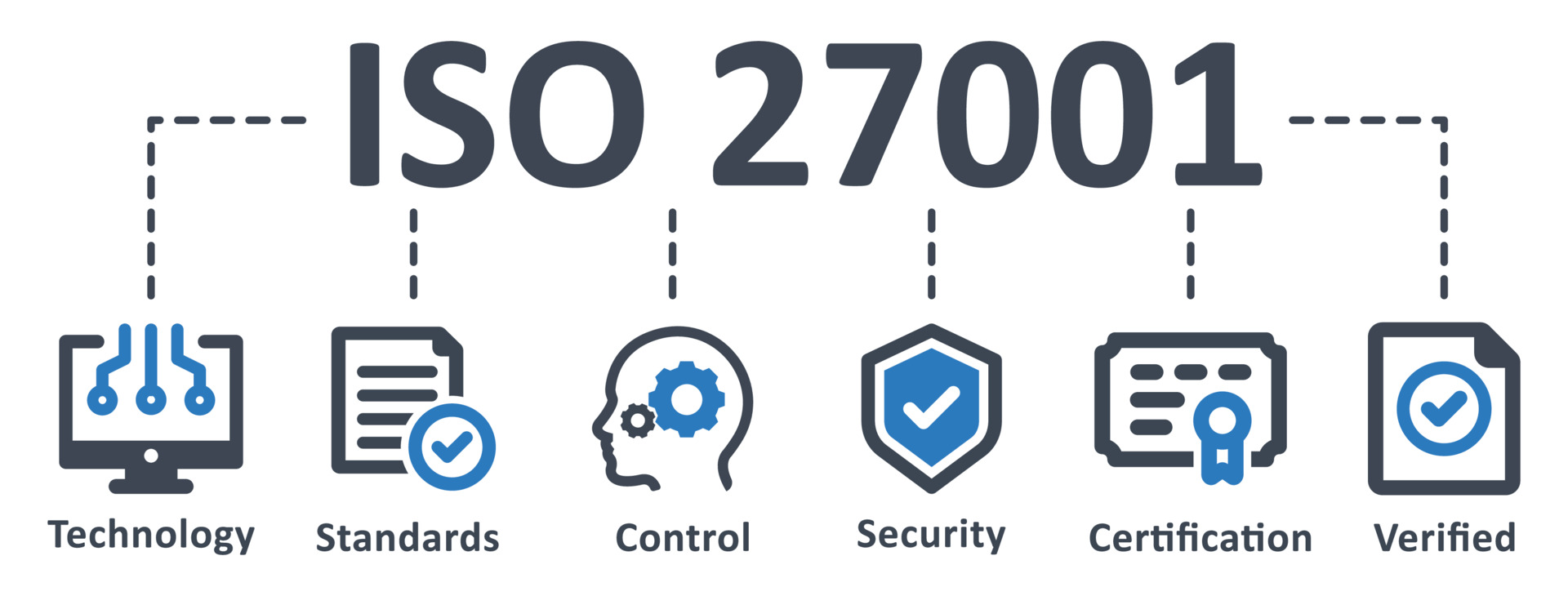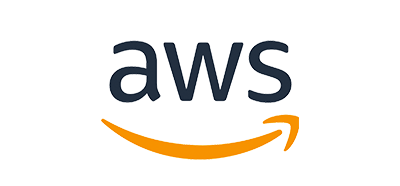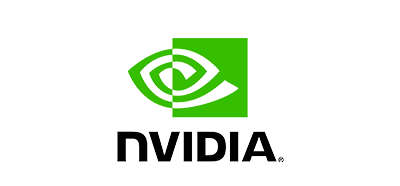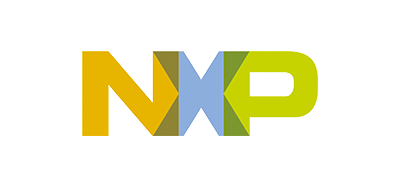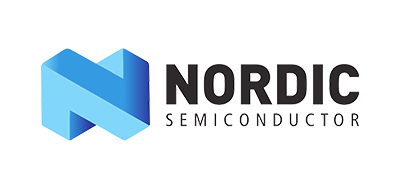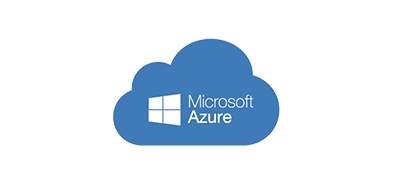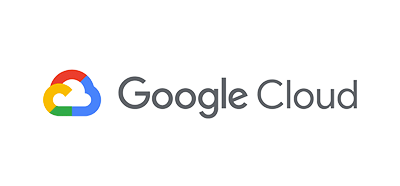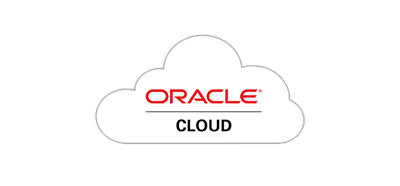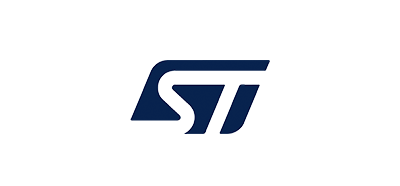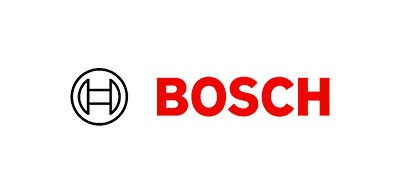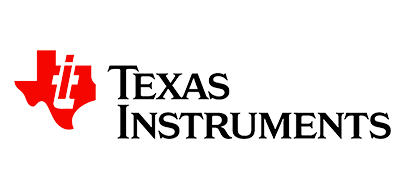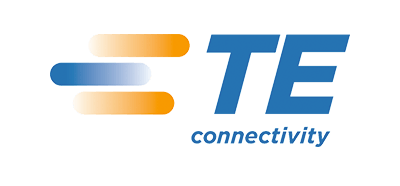AI Powered Biosensing
Fullpower-AI®
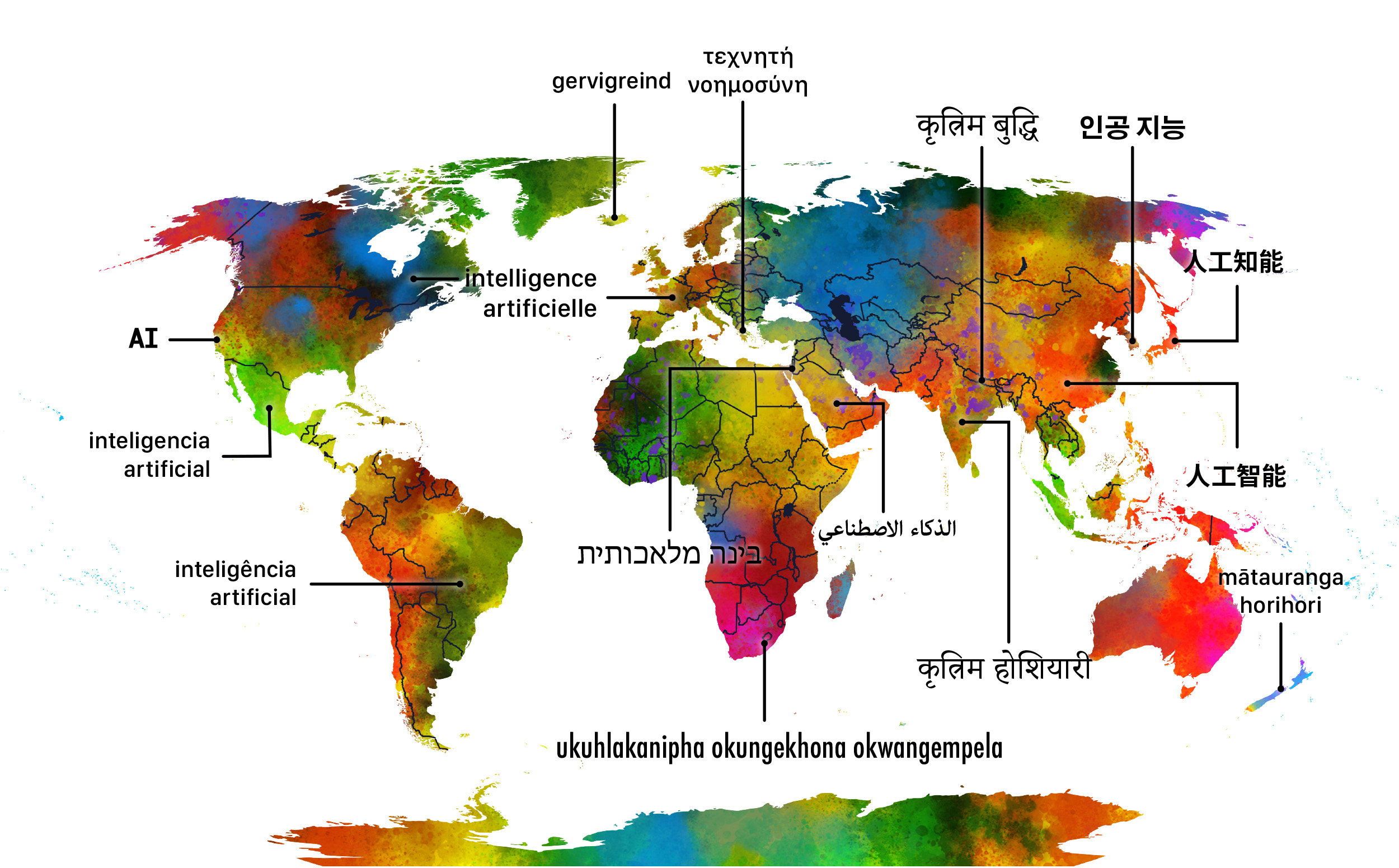
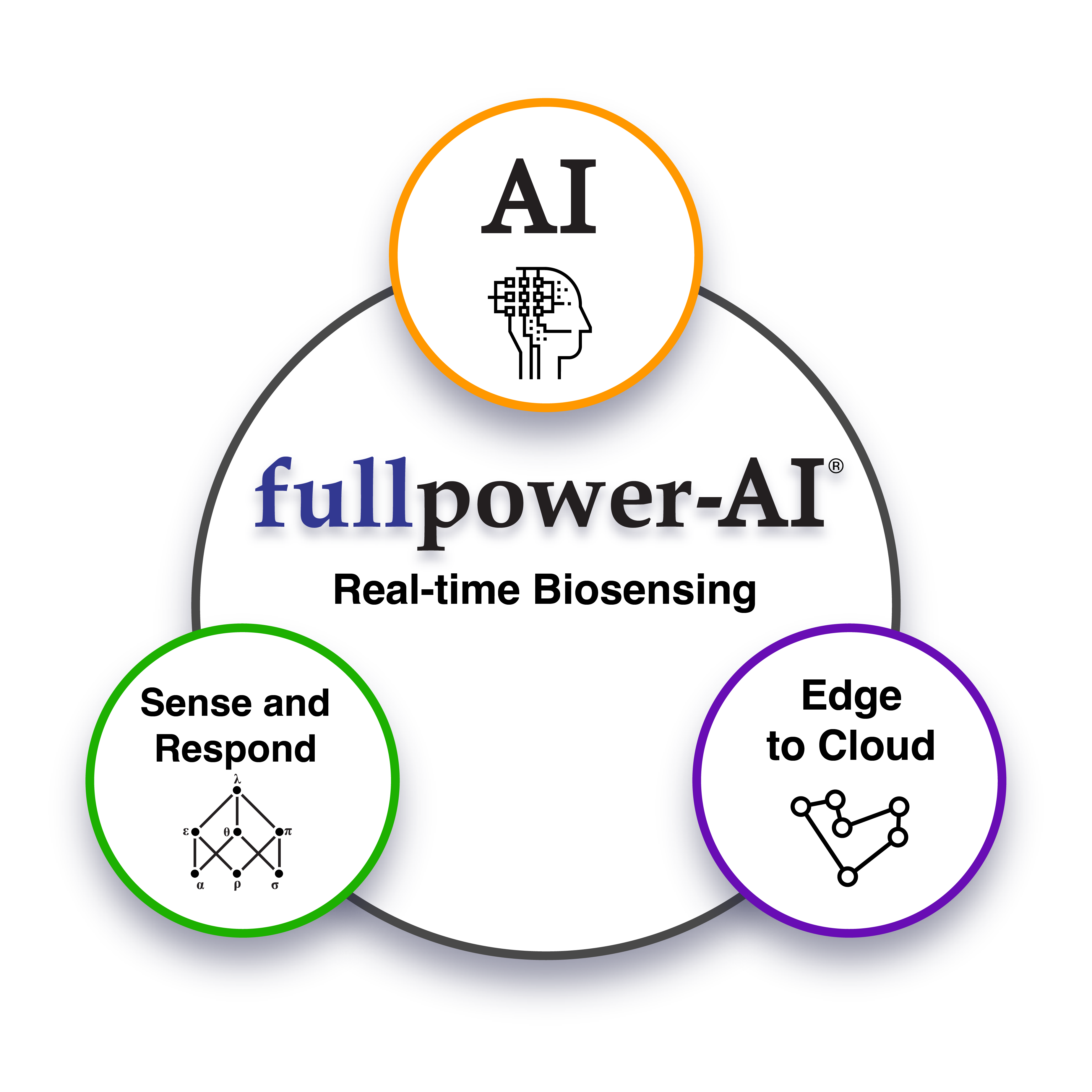
Introducing KOA: The Knowledge Organizational
Architecture Large Action Model (LAM)
Fullpower-AI's KOA LAM is setting a new benchmark for real-world health intelligence, transforming how we understand and manage health—anytime, anywhere.
Why KOA LAM?
1. Real-World Data
- Unmatched Scale: Built on 2+ billion biosensing datapoints from users in 140+ countries—and growing daily.
- Comprehensive Analysis: Pairs physiology (heart rate, breathing, motion) with environmental context (temperature, air quality, humidity).
- IoT Management: Orchestrates fleets of commercial biosensors with zero-touch management.
2. Clinically Validated by Leading Experts
- Trusted Accuracy: KOA LAM's insights are clinically validated by top institutions, including Stanford Medicine and UCSF.
- Global Recognition: Findings presented at SLEEP 2024, Sleep Europe 2024, and other international forums.
- Science-Backed Credibility: Trusted daily by physicians and research teams worldwide.
3. Real-Time Intelligence
- Sense-and-Response: Detects physiological events in real-time and triggers personalized responses.
- Continuous Monitoring: Tracks long-term trends critical to cognitive, metabolic, and cardiovascular health.
4. Transforming Medicine & Biosensing
- Continuous, Non-Invasive biosensing: Moves beyond the lab—scaling science into daily life enabling preventative medicine and next-generation research.
- Actionable Insights: Supports longevity, preventive care, and early intervention.
Partner with Fullpower-AI
Bring KOA's real-time biosensing intelligence to your patients, customers, or team. Let's build the next generation of health together.
Example of practical KOA LAM implementation
in sleep science and smart beds:

Arounsal Index & Light Sleep: The Subtle Conntection
-
There's a weak positive correlation between your arousal index (micro-awakes per hour) and light sleep minutes.
- When your light sleep is higher, your arousal index tends to be slightly higher too.
- For Example, with high light sleep, your arousal index averages around 16; with low light sleep, it's about 15.
- This means more light sleep might come with a few more micro-awakenings, but the effect is minor.
Key Statistics and Facts
250+ Million(2+ Billion Hours)
Nights of High-Fidelity Sleep
30+ Parameters Monitored
Including BR, Breathing Anomalies (BAI), HRV, AQ, etc.
Stanford + UCSF
Validation
150K+
New Nights of Sleep / Day
70+
Research Studies
10+
Publications
50+
Scientists & Technologists
Polysomnography
Labeling & Validation
With AI and deep learning, we are on a mission to bring AI to the edge. Fullpower-AI® customers are in sleep, life sciences, health, wellness, and biotechnology. According to IDC, in 2025, there will be 41.6 billion connected devices. That means 79.4 zettabytes of new data to feed our generative AI and deep learning models.

Edge-Cloud Real-Time platform and models vetted and deployed across sleep, medical and wellness markets
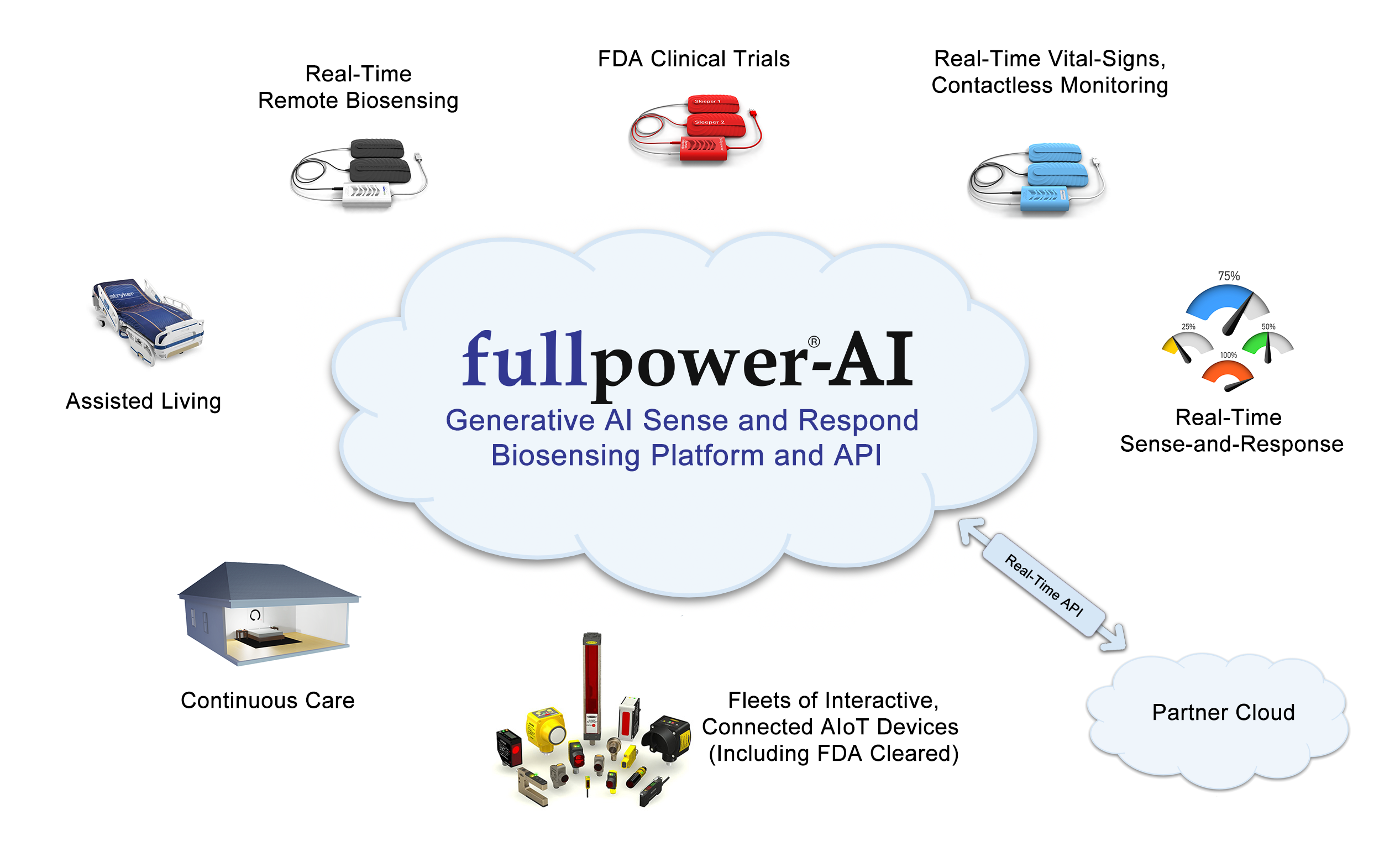

The Fullpower-AI® platform is vetted, compliant, and deployed successfully in 140+ countries.

Countries Deployed
1. United States, 2. People's Republic of China, 3. Korea, 4. Japan, 5. Mexico, 6. Taiwan, 7. Germany, 8. France, 9. Hong Kong, 10. Chile, 11. Canada, 12. Argentina, 13. Columbia, 14. Malaysia, 15. Austria, 16. Singapore, 17. Poland, 18. Australia, 19. England, 20. Czech Republic, 21. Spain, 22. Peru, 23. Switzerland, 24. Vietnam, 25. Israel, 26. Thailand, 27. Sweden, 28. Philippines, 29. South Africa, 30. Guam, 31. Hungary, 32. Italy, 33. Norway, 34. Belgium, 35. Indonesia, 36. New Zealand, 37. Macau, 38. Jamaica, 39. Netherlands, 40. Finland, 41. Romania, 42. Slovakia, 43. Portugal, 44. Denmark, 45. Ireland, 46. Luxembourg, 47. Dubai, 48. Brazil, 49. Dominican Republic, 50. Tahiti, 51. Iceland, 52. Greece, 53. Mauritius, 54. Turkey, 55. Yugoslavia, 56. Bulgaria, 57. Costa Rica, 58. Virgin Islands, 59. India, 60. Panama, 61. Slovenia, 62. Paraguay, 63. El Salvador, 64. Aruba, And more...

Deployment Successes
Real-Time Sense-and-Response Clinical Platform and API
Visit Sleeptracker-ai.com for platform information.
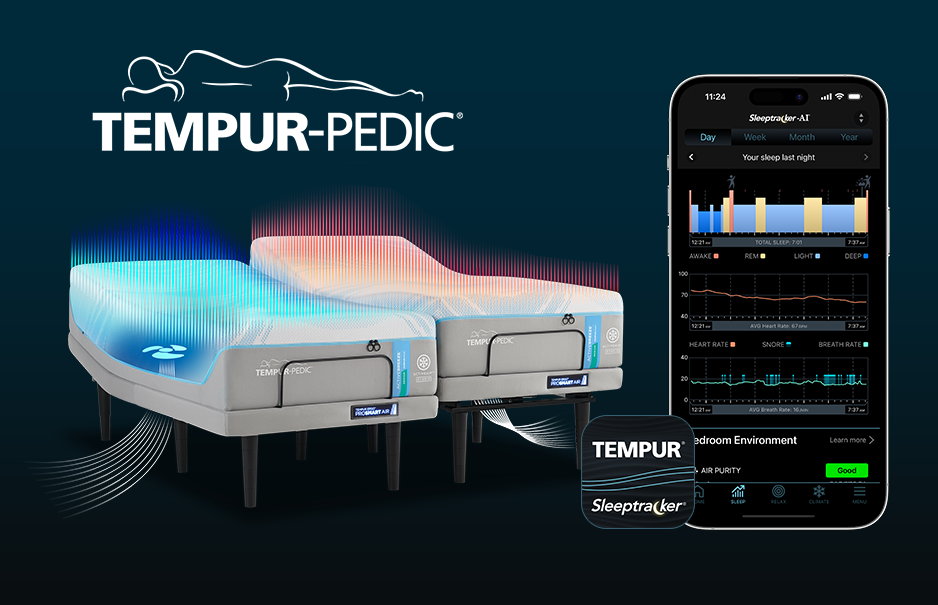
Tempur-Pedic Smart Bed
Powered by Sleeptracker-AI® With Snore-Response, Comfort, and Temperature Control
Visit Sleeptracker-ai.com for platform information.
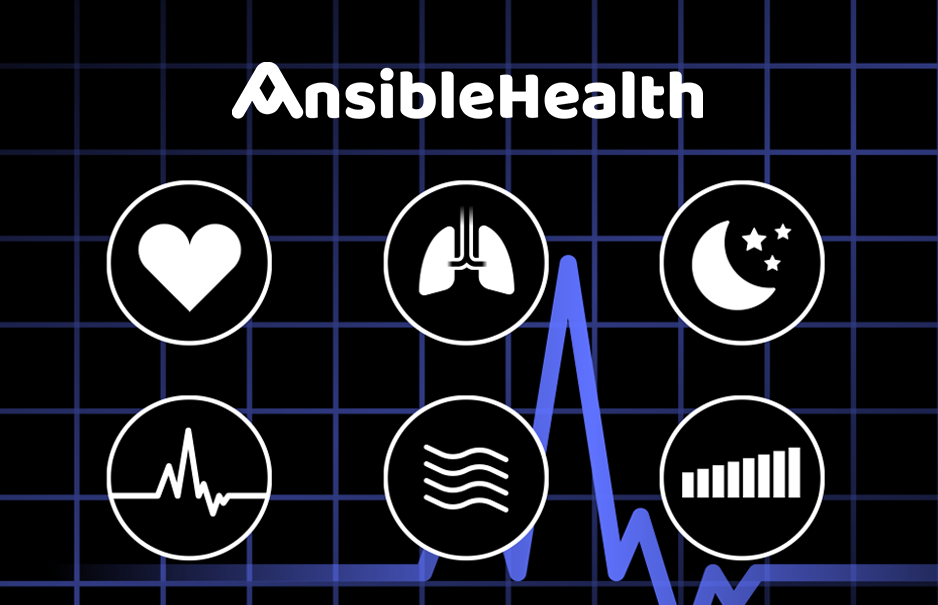
AnsibleHealth COPD Care
With Real-time Response
Visit AnsibleHeath and Fullpower-AI® for information on this partnership.

Latest News

About Fullpower-AI®
Fullpower-AI® is a leading science and technology company specializing in real-time AI deep-learning biosensing. Our orchestrated PaaS LAM (Large Action Model) is an edge-to-cloud platform, backed by 135+ patents and ISO 27001 certification, and serves diverse industries, including sleep technology (Sleeptracker.ai), life sciences, longevity, and healthcare across 140+ countries. We offer flexible engagement models through CRO services, IP licensing, and PaaS solutions, empowering organizations to advance sleep science, healthcare outcomes, and wellness. Stanford Medicine and UCSF vet our platform.

Customer successes, including AIoT edge/cloud technology platform deployments

Fullpower-AI® is a leading science and technology company specializing in real-time AI deep-learning biosensing. Our orchestrated PaaS LAM (Large Action Model) is an edge-to-cloud platform, backed by 135+ patents and ISO 27001 certification, and serves diverse industries, including sleep technology (Sleeptracker.ai), life sciences, longevity, and healthcare across 140+ countries. We offer flexible engagement models through CRO services, IP licensing, and PaaS solutions, empowering organizations to advance sleep science, healthcare outcomes, and wellness. Stanford Medicine and UCSF vet our platform.
Successful B2B examples of Fullpower-AI®
edge/cloud technology platform deployments
Successful B2B examples of Fullpower-AI®
edge/cloud technology platform deployments
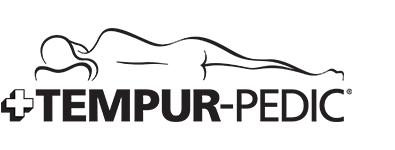
How we use AI, deep learning, and generative AI in the Tempur-Pedic Sleeptracker-AI® platform: We use AI to analyze sleep data collected by the Sleeptracker-AI® system to help identify different sleep stages, detect sleep disorders, and provide users with personalized sleep recommendations. With AI data science methodologies, we can closely match gold-standard PSG sleep analysis and continue to improve accuracy and applicability in real-world settings. We, of course, carefully consider bias and other ethical issues in that process. Our methodologies include deep learning, generative AI-supervised learning, and reinforcement learning techniques. To continually generate training data, we operate two clinical PSG sleep labs.
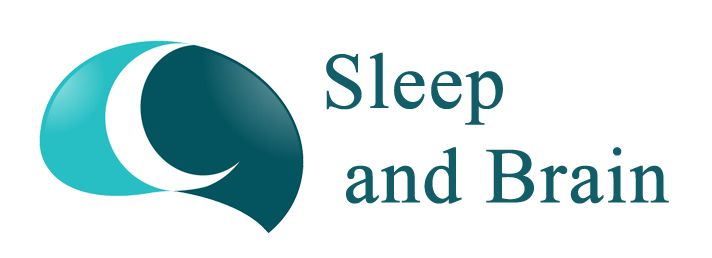
Fullpower-AI's generative AI and deep learning solutions empower sleep clinics to deliver expert, continuous care and oversight for their patients. The Sleep and Brain Clinic utilizes the Sleeptracker-AI platform, which provides real-time, contactless monitoring and analytics through an advanced dashboard. This system enables clinicians to remotely track sleep stages, detect sleep disorders, and receive timely alerts for critical events, all with accuracy validated by leading institutions such as Stanford Sleep Medicine and UCSF.

Powered by Fullpower-AI® AIoT PaaS, the AgeLOC LumiSPA iO is the winner of the 2023 Beauty Device Awards. Hundreds of thousands of units are distributed in over 60 countries, including China, Japan, Korea, the EU, and the Americas. The new WellSPA iO is now FDA Cleared and deployed worldwide.

Samsung is an investor in Fullpower-AI®. In addition, Samsung and Fullpower collaborate for AIoT solutions.

AnsibleHealth, a pioneering virtual pulmonary practice, is proud to collaborate with Fullpower-AI®, the frontrunner in Real-Time Remote contactless biosensing technology. This partnership aims to elevate patient care by seamlessly integrating state-of-the-art passive sensing technologies with a best-in-class clinical care model, ultimately significantly improving patient experience and health outcomes.

Nike and Fullpower-AI® have enjoyed a technology-trusted partnership for a decade. Fullpower-AI® builds algorithms and sensing intelligence optimized with the machine and deep learning for Nike. "We took great care in evaluating sensing technologies and found the Fullpower-AI® technology platform superior." - President of Digital Sport at Nike.
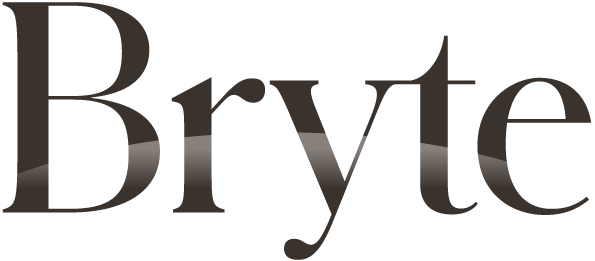
Bryte and Fullpower-AI® collaborate on the edge-cloud integration of the Bryte mattress with the Sleeptracker-AI® platform. The Bryte mattress intelligently relieves pressure imbalances for any person in any position, delivering the best sleep experience. The Fullpower-AI platform integrates generative AI and deep learning into the solution.
Strategic Partnerships Powering the Platform

Company and Leadership
Fullpower-AI® is a leading science and technology company specializing in real-time AI deep-learning biosensing. Our orchestrated PaaS LAM (Large Action Model) is an edge-to-cloud platform, backed by 135+ patents and ISO 27001 certification, and serves diverse industries, including sleep technology (Sleeptracker.ai), life sciences, longevity, and healthcare across 140+ countries. We offer flexible engagement models through CRO services, IP licensing, and PaaS solutions, empowering organizations to advance sleep science, healthcare outcomes, and wellness. Stanford Medicine and UCSF vet our platform.
Fullpower-AI® Team
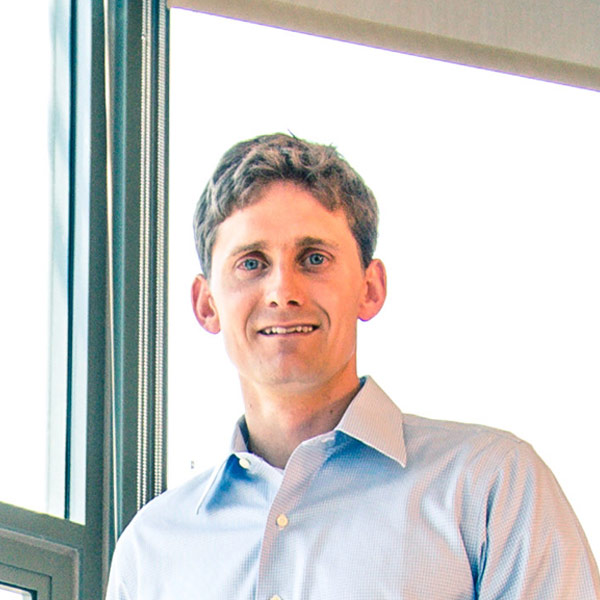
Arthur Kinsolving, Co-Founder and CTO
Arthur Kinsolving leads the technology and intellectual property development efforts at Fullpower-AI®. Arthur oversees all technology development, patent filings, and intellectual property protection efforts. During his tenure at Fullpower-AI®, Arthur has co-authored over 75 issued patents and filed dozens more. Arthur is passionate about AI, machine and deep learning. Arthur received his Bachelor of Science in Mechanical Engineering from Yale University.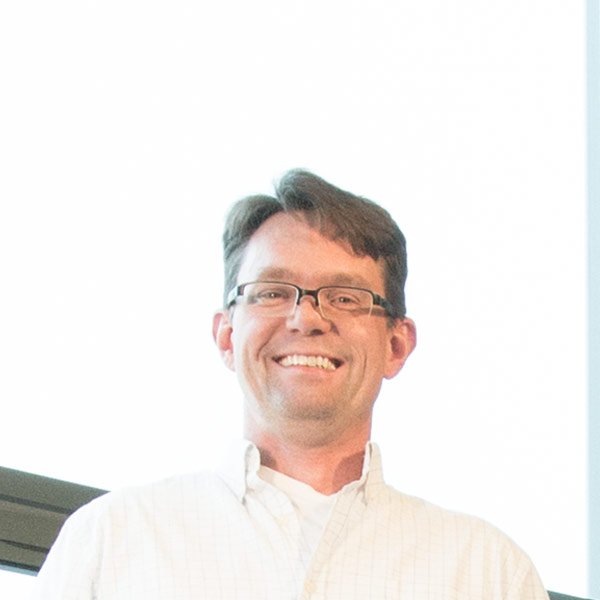
Nathan Tiller, CFO and COO
Nathan is responsible for Fullpower-AI®'s finance and operations. Nathan has been with Fullpower-AI® since 2015 and has over 20 years of experience in finance and operations in various industries, including software and banking. Nathan was Director of Finance at Serena Software, an international enterprise software company in Silicon Valley. Prior to that, Nathan managed the corporate development function at World Savings. Nathan also served as Director of Finance for New Teacher Center, a national non-profit organization. Nathan studied economics, earning his Bachelor of Arts degree at Rice University, and his Master of Public Affairs degree at University of Minnesota.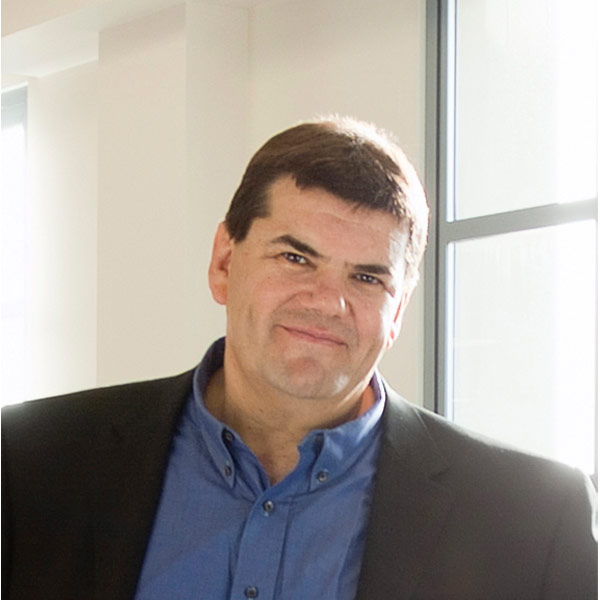
Philippe Kahn, Founder and CEO
Philippe is the founder of four successful technology companies: Fullpower-AI® (contactless biosensing medical and wellness solutions), LightSurf Technologies (creator of the Camera Phone), Starfish Software (co-creator of wireless OTA Synchronization), and Borland Software (Leader for Professional Development Tools for C, C++, Prolog, assembler, and Pascal).
Philippe is the inventor of 235+ issued patents, of which 125+ are assigned to Fullpower-AI® and the AI, ML, Sleep, and medical Fullpower-AI® Cloud platform. (For a list of Philippe's patents, follow the link: philippekahn.com/download/philippe-kahn-patents-list, patents.google.com/?inventor=Philippe+Kahn).
Philippe studied at the ETH in Zurich, Switzerland, under Professor Niklaus Wirth and received a master's in mathematics. Philippe also earned his master's in classical flute, with simultaneous minors in composition and chamber music from the Zurich Music Conservatory.
Philippe is credited with creating the first camera phone solution that allows users to share photos instantly over public cell phone networks. Time Magazine included Philippe's first camera phone photo in its list of the 100 most influential photographs of all time.
Philippe is fluent in English, French, Spanish, and German. He is passionate about AI, Machine Learning, and his family. Philippe is also a trustee of the Lee-Kahn Foundation.
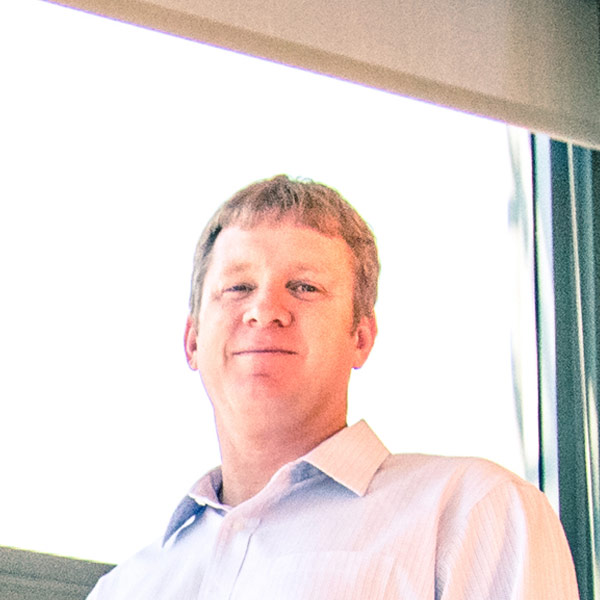
Mark Christensen, VP of Engineering
Mark is the head of engineering at Fullpower-AI®. He has over 15 years of technology development experience. At Fullpower-AI®, Mark is passionate about AI, machine learning, deep learning and data sciences. Mark studied mechanical engineering at the University of Auckland in New Zealand.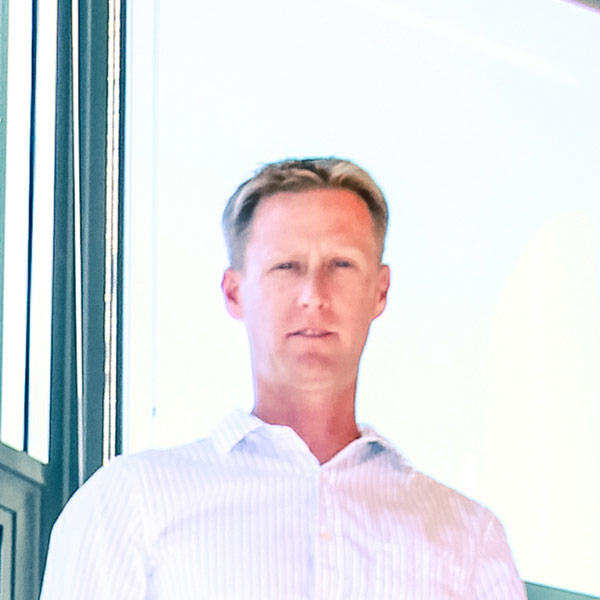
Eric Smith, VP of Quality and Security
Eric Smith is the head of accuracy and quality assurance at Fullpower-AI®, responsible for the QA and customer support teams. He has been with Fullpower since 2008 and has over 18 years of quality assurance experience. Prior to joining Fullpower-AI®, Eric was a QA Engineer with Seagate and Starfish and a Senior QA Engineer with LightSurf when it was acquired by VeriSign. Eric's team ensures Fullpower-AI® maintains the most accurate, repeatable and reliable end-to-end solutions on the market using sophisticated software tools for testing and tracking development. Eric also manages Fullpower-AI®'s 3D printing technology for wearable & IoT device prototype development and testing. Eric received his Bachelor of Science in Mechanical Engineering from the University of California, Santa Barbara.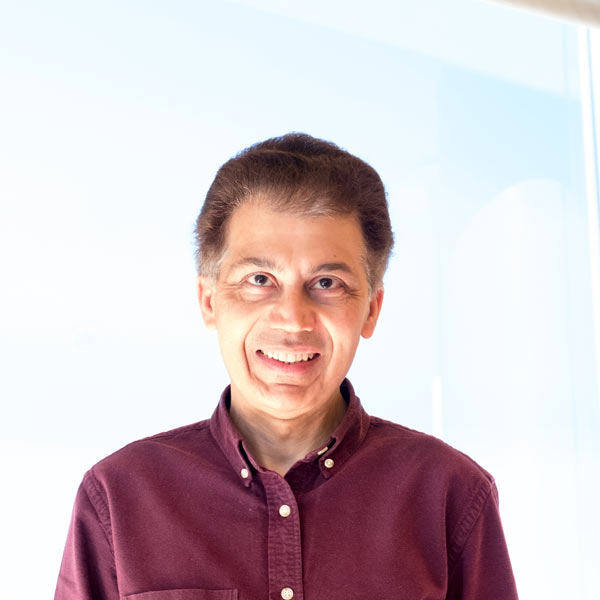
Dr. Venkat Easwar, VP of AI and Data Science
Venkat leads the AI and Data Science team at Fullpower-AI®. He has been with Fullpower since 2007 and has over 25 years of product architecture and algorithm development experience. He has extensive experience in both cloud and edge processing. Prior to Fullpower, Venkat worked at Verisign on Messaging and Voice Response Gateways; at Lightsurf Technologies, on Multimedia Messaging Systems and Media Transcoding; and at Texas Instruments on DSPs, Digital Video, and Imaging. Venkat received his Bachelor's degree in Electrical Engineering (Electronics) from Indian Institute of Technology, Madras, and his Ph.D. in Electrical Engineering from the University of Southern California. His Ph.D. thesis was in the area of AI and Computer Vision.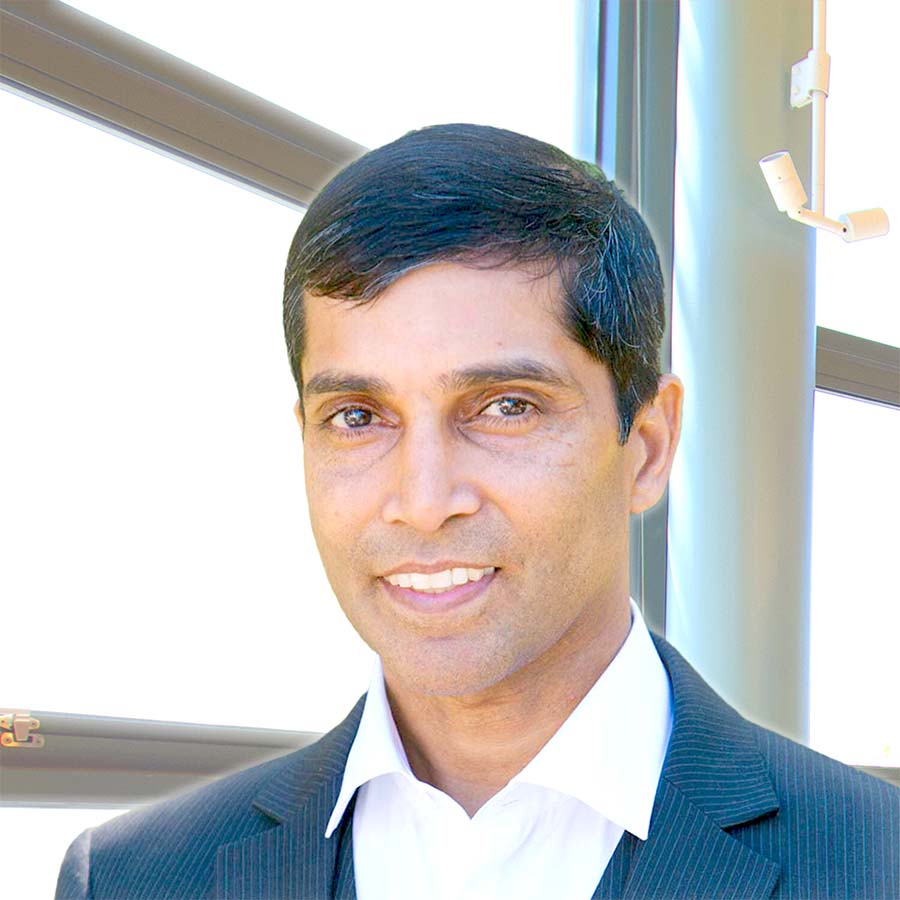
Dr. Anil Rama, MD, Medical Advisory Board
Dr. Anil Rama, MD is the founder of Sleep and Brain and serves as Adjunct Assistant Clinical Professor at the Stanford Center for Sleep Sciences and Medicine. He is the recipient of the 2021 Stanford Distinguished Service Award, awarded to one clinical faculty member per year. He is the former Medical Director of Kaiser Permanente's tertiary sleep medicine laboratory. Dr. Rama is also an editorial board member of the Sleep Science and Practice Journal and has authored several book chapters and seminal peer-reviewed journal articles in sleep medicine. Furthermore, Dr. Rama is a lecturer for the Dental Sleep Medicine Mini-Residency at the University of Pacific, Arthur A. Dugoni School of Dentistry. In addition, Dr. Rama has been an investigator in clinical trials for drugs or devices designed to improve sleep and contributed to stories in national newspapers, local news stations, wellness websites, and health newsletters.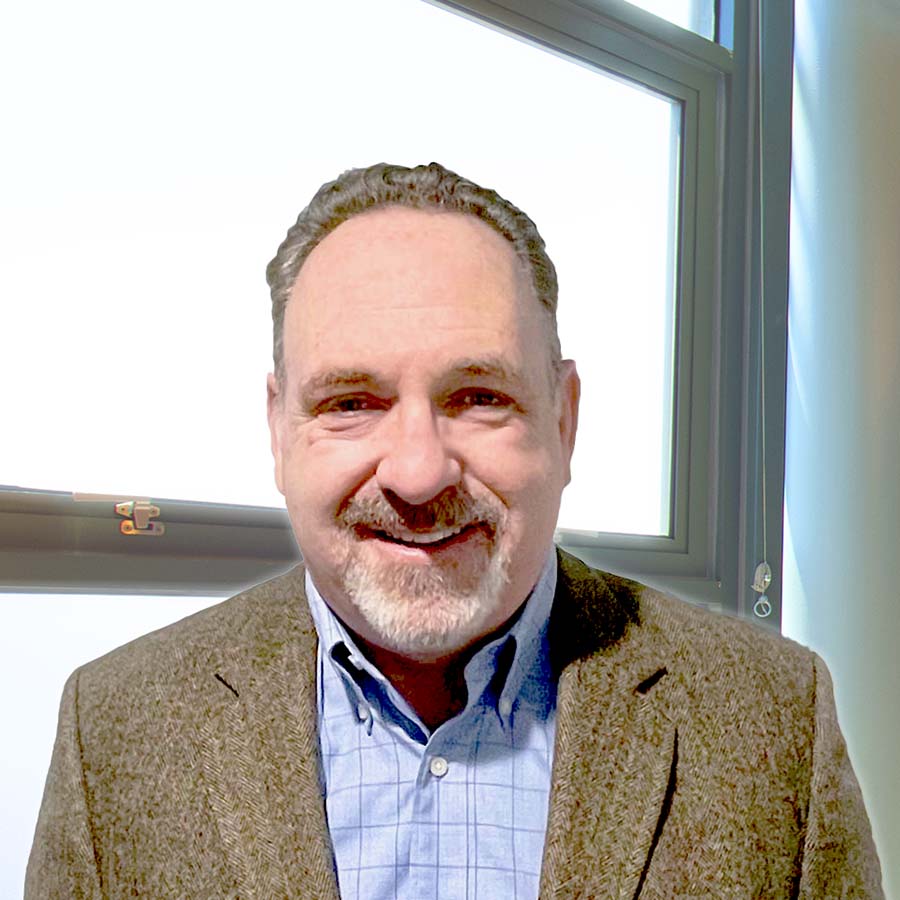
David Shanes, VP of Regulatory Affairs
David is responsible for managing the Regulatory and Compliance efforts for Fullpower-AI® and advancing its solutions into the healthcare and medical device spaces. David has more than 18 years of medical device experience overseeing Quality and Regulatory, Hardware and Software Engineering, Research and Development, and Manufacturing activities. Prior to joining Fullpower, David held various executive positions at TruMed Systems, Inc., Biocare Medical, LLC., and BioTelemetry, Inc. He holds a BS in Computer Science from the United States Naval Academy and an MS in Computer Science from San Diego State University. David also served in the U.S. Navy for 11 years.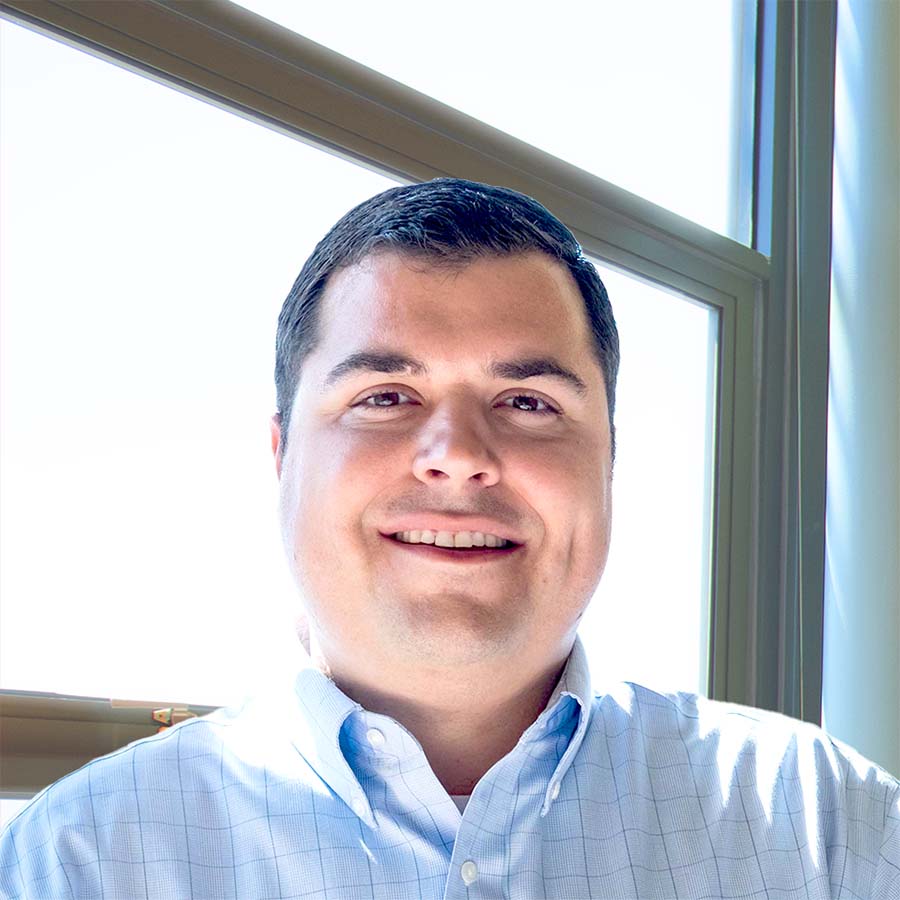
Tom Lewin, VP of Customer Success
Tom is the VP of Customer Success and has spent valuable time on the Fullpower-AI® R&D team, Quality Assurance, Customer Support, and Development teams. Tom is responsible for in-house demos, customer onboarding, assists in the sales process, and manages the Tempur-Pedic relationship. Tom is passionate about delivering a quality experience to end users and business partners and has worked diligently to achieve the ratings success you see with our apps and products. Tom has been with the company since 2008 after studying at Old Dominion University.
Patents
The Fullpower-AI® platform is backed by a patent portfolio of 135+ patents
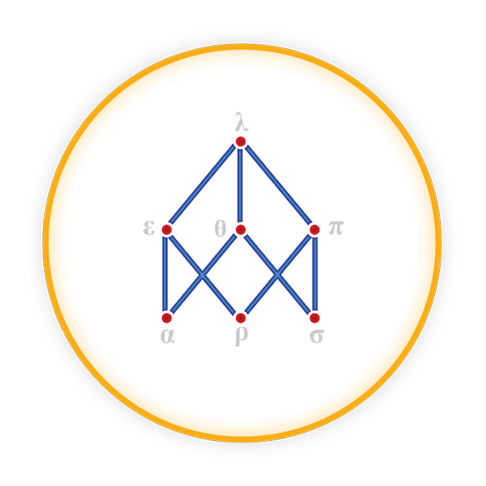
AI, Machine Learning, & Sensor Fusion
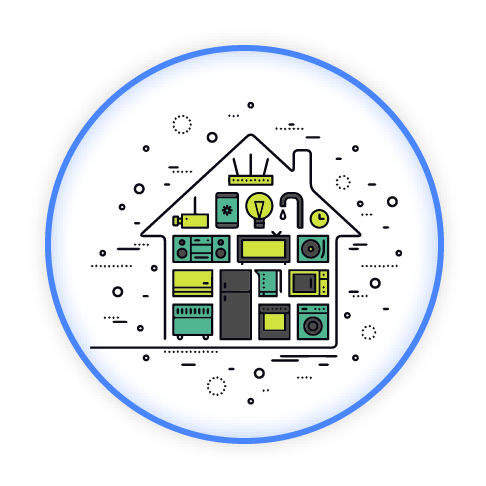
IoT, Cloud, & MACS
(Monitor Alert, Control Share)

User Experiences

Cognitive Behavioral Science & Sleep Science
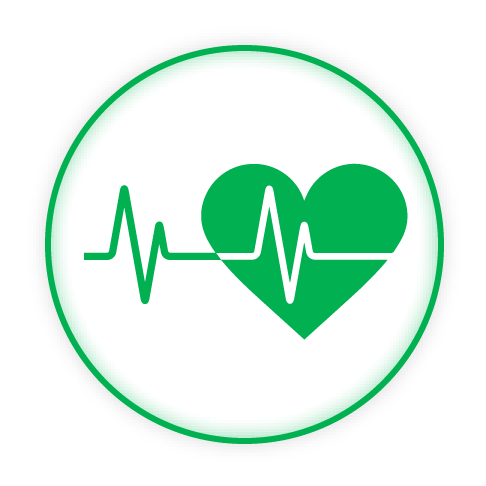
Digital Sports, Health Monitoring, & Medical
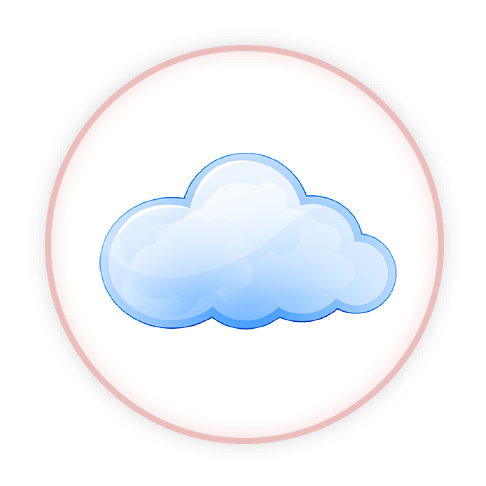
Cloud & Wearable
Technology Fully Covered
Now and In the Future
